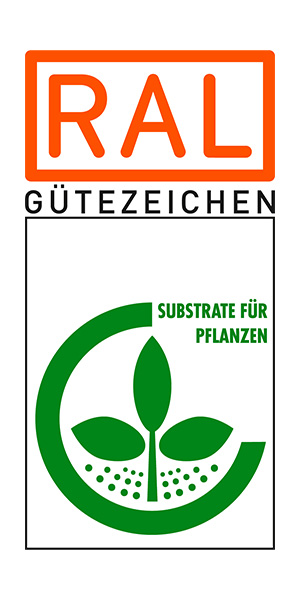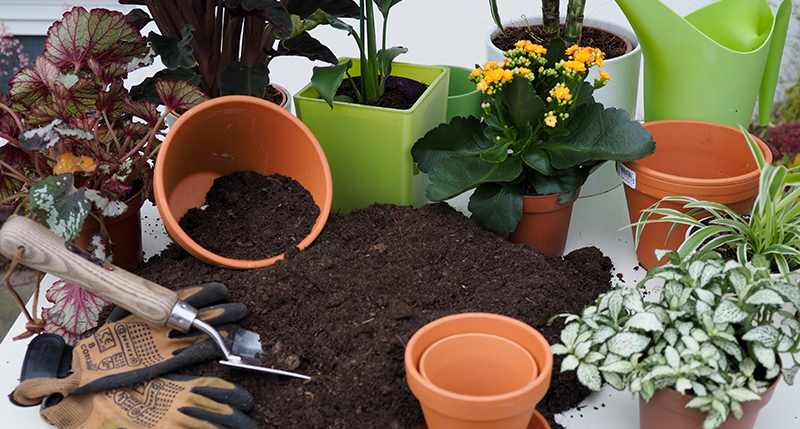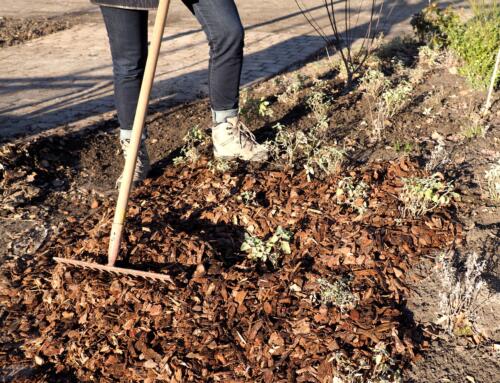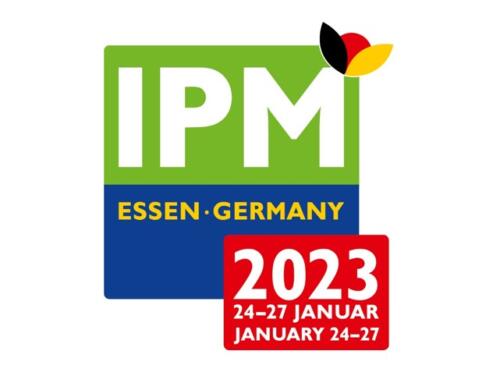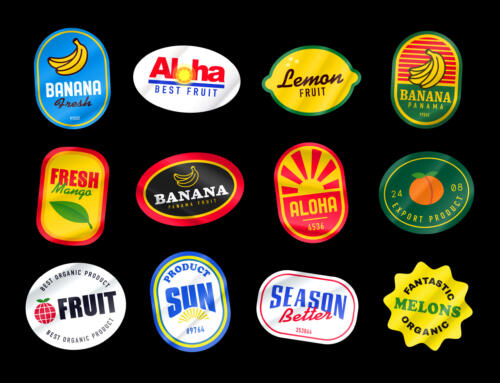How to handle growing media properly
Avoid quality loss in high-quality products after purchase by observing just a few simple steps.
High-quality plants can’t thrive in poor soil – they need a suitable growing medium with high-quality substrates. That’s why countless horticultural businesses have for many years made sure they use RAL-certified substrates. The tight RAL certification criteria and continuous inspections by independent testing laboratories ensure maximum substrate reliability with respect to structure stability, plant tolerance and absence of weed seeds.
However, some companies need to improve their handling of quality substrates after they’ve bought them, Gütegemeinschaft Substrate für Pflanzen e.V. points out. Poor storage conditions, excessively long storage times or application errors can result in loss of quality and are easy to avoid by handling substrate purchases properly.
Favourable storage conditions
As a basic rule of thumb, you should store substrates in a cold and shady place for just a short time. Avoid high temperatures and direct sunlight, because these conditions will stimulate decomposition and, as a result, lead to nutrient loss, changes in pH value and reduction in volume. In controlled-release fertilizer products, prolonged storage is a particularly big problem, as the release of nutrients and the associated increased salinity in the substrate can cause irreversible damage to the plants.
Also keep a watchful eye on unpackaged bulk growing media. Protect the relevant storage areas against weather exposure and potential impurities. Also, clear storage areas completely before re-filling them. It is recommended to label storage areas carefully to prevent mix-ups. As a general rule both for bulk and packaged substrates, conduct a substrate analysis and pot growth test before using substrates that were stored over a longer period of time.
Apply growing media properly
There are growing media for nearly any purpose, and each has been optimised for its intended use. Gütegemeinschaft Substrate für Pflanzen e.V. therefore strongly recommends that companies do not mix growing media with further additives on their own, because the latter can massively and unpredictably change the growing media’s properties. You can also avoid trouble by watering according to the crop’s and substrate’s requirements. Since over-drying hampers re-wetting, it is just as bad as excessive watering, which can cause growing media to mud up. However, it is absolutely recommended to take and analyse substrate samples at regular intervals during cultivation. This step ensures that potential fertilization errors are detected early and appropriate countermeasures can be taken to mitigate any negative effects.
